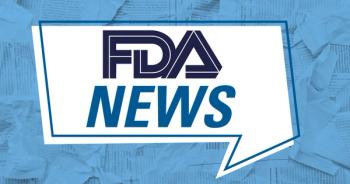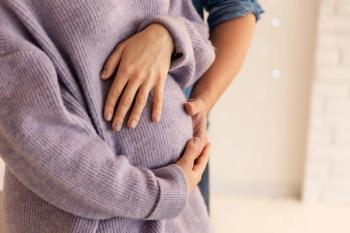
Phase 3 trial results promising for HSDD treatment
Two randomized phase 3 trials of safety and efficacy of bremelanotide 1.75 mg have found that the drug significantly improved sexual desire and related distress in premenopausal women with hypoactive sexual desire disorder.
Two randomized phase 3 trials of safety and efficacy of bremelanotide 1.75 mg have found that the drug significantly improved sexual desire and related distress in premenopausal women with hypoactive sexual desire disorder (HSDD). The two separate identically designed studies were conducted as per the recommendation of the US Food and Drug Administration (FDA) following the success of a phase 2b study. The
In case you missed it:
The randomized, double-blind, placebo-controlled, multicenter clinical trials (
Methods
Participants could self-administer a maximum of 12 doses of bremelanotide as needed (approximately 45 minutes before anticipated sexual activity) as outpatients, but no more than one dose per 24-hour period. Coprimary endpoints of the study were change from baseline to end-of-study in the
The two studies (
Findings
Study 301 began on January 7, 2015 and concluded on July 26, 2016. Study 302 began on January 28, 2015 and concluded on August 4, 2016. A total of 1,267 women were randomized in the two trials; 1,247 comprised the safety population and 12,02 comprised the primary efficacy, modified, intent-to-treat population. Participants were mostly white (85.6%) and non-Hispanic or Latina (91.5%). Demographics were well balanced between the groups and almost all randomized patients were from US sites.
The authors found that relative to those in the placebo group, women in the bremelanotide group had statistically significant increases in sexual desire from baseline to end of study, as measured by FSFI-D scores (study 301: 0.30, P< .001; study 302: 0.42, P < .001; integrated studies 0.35, P< .001) and statistically significant reductions in distress related to low sexual desire, as measured by FSDS-DAO scores (study 301: -0.37, P< .001; study 302: -0.29, P = .005; integrated studies -0.33, P< .001) compared with placebo. However, patients who took bremelanotide experienced higher rates of nausea (40.0% compared with 1.3% placebo), flushing (20.3% compared with 0.3% placebo), and headache (11.3% compared with 1.9% placebo).
Conclusions
The authors believe that findings from both studies indicate that bremelanotide significantly improves sexual desire and related distress in premenopausal women with HSDD. They noted that the safety profile was favorable, and most treatment-emergent adverse events were related to tolerability although the majority were mild or moderate in intensity. The authors also disclosed that the two studies were sponsored by Palatin Technologies, Inc., the innovator of bremelanotide, and the sponsor had a role in the design, execution, analysis, reporting, and funding of the studies.
Newsletter
Get the latest clinical updates, case studies, and expert commentary in obstetric and gynecologic care. Sign up now to stay informed.










